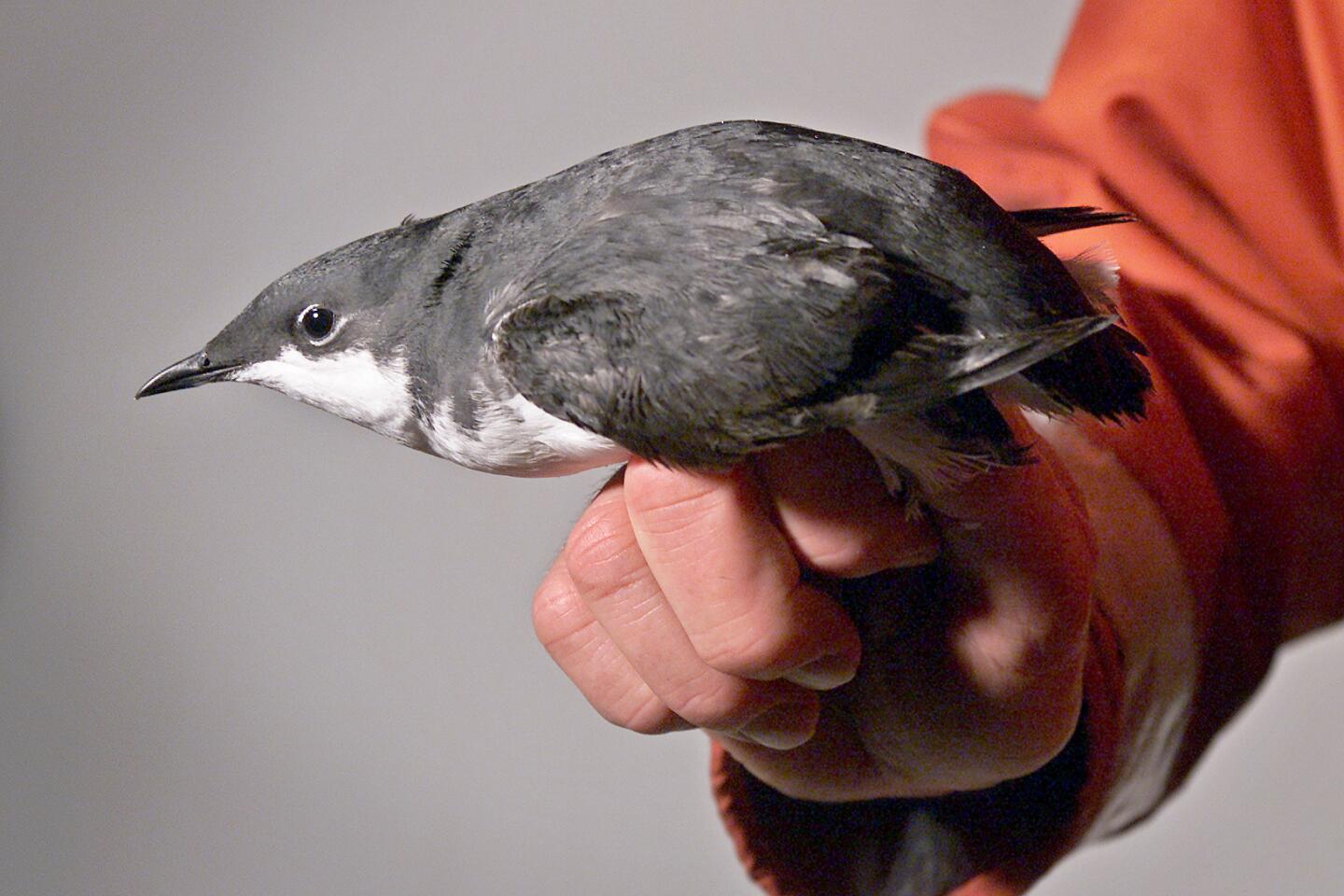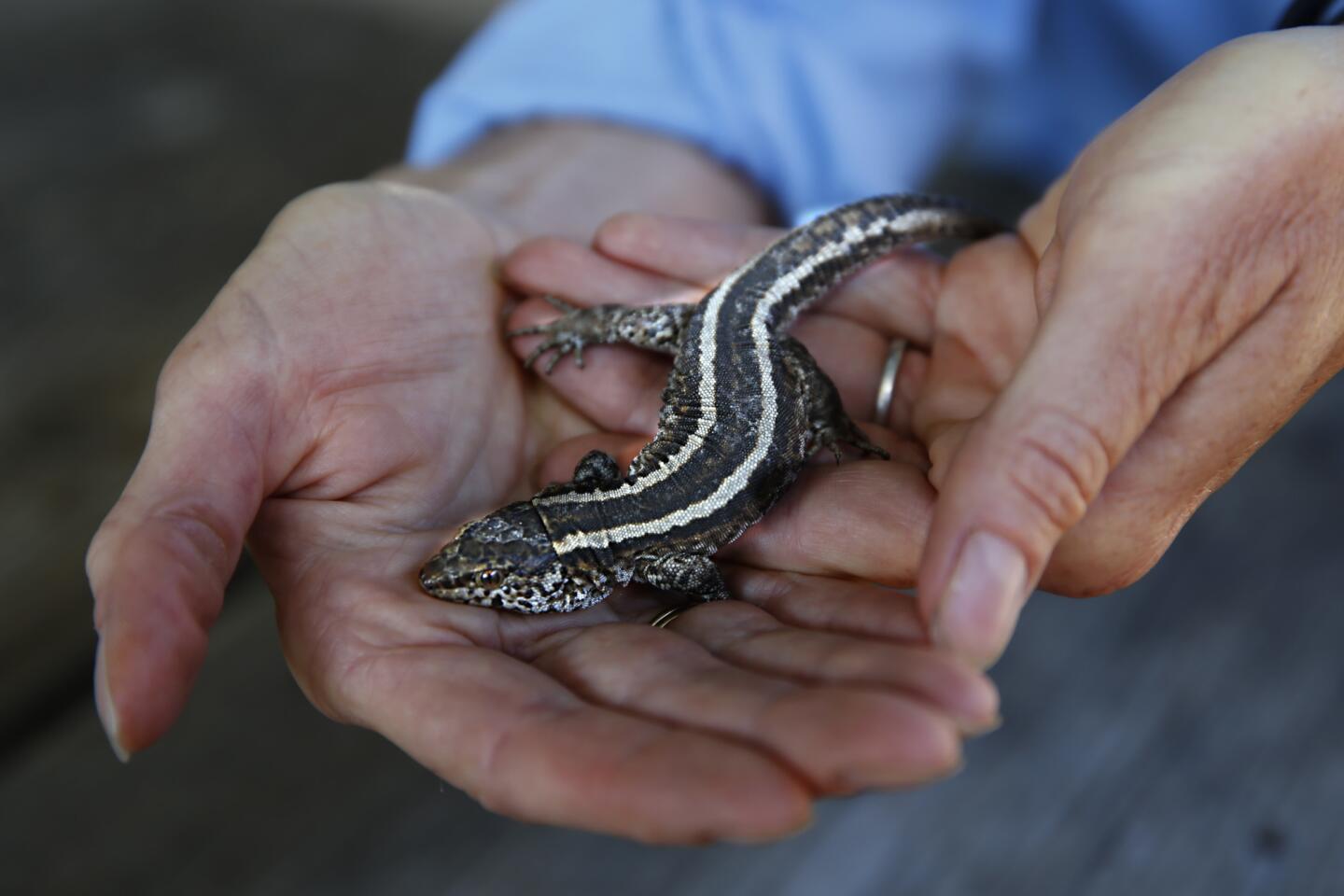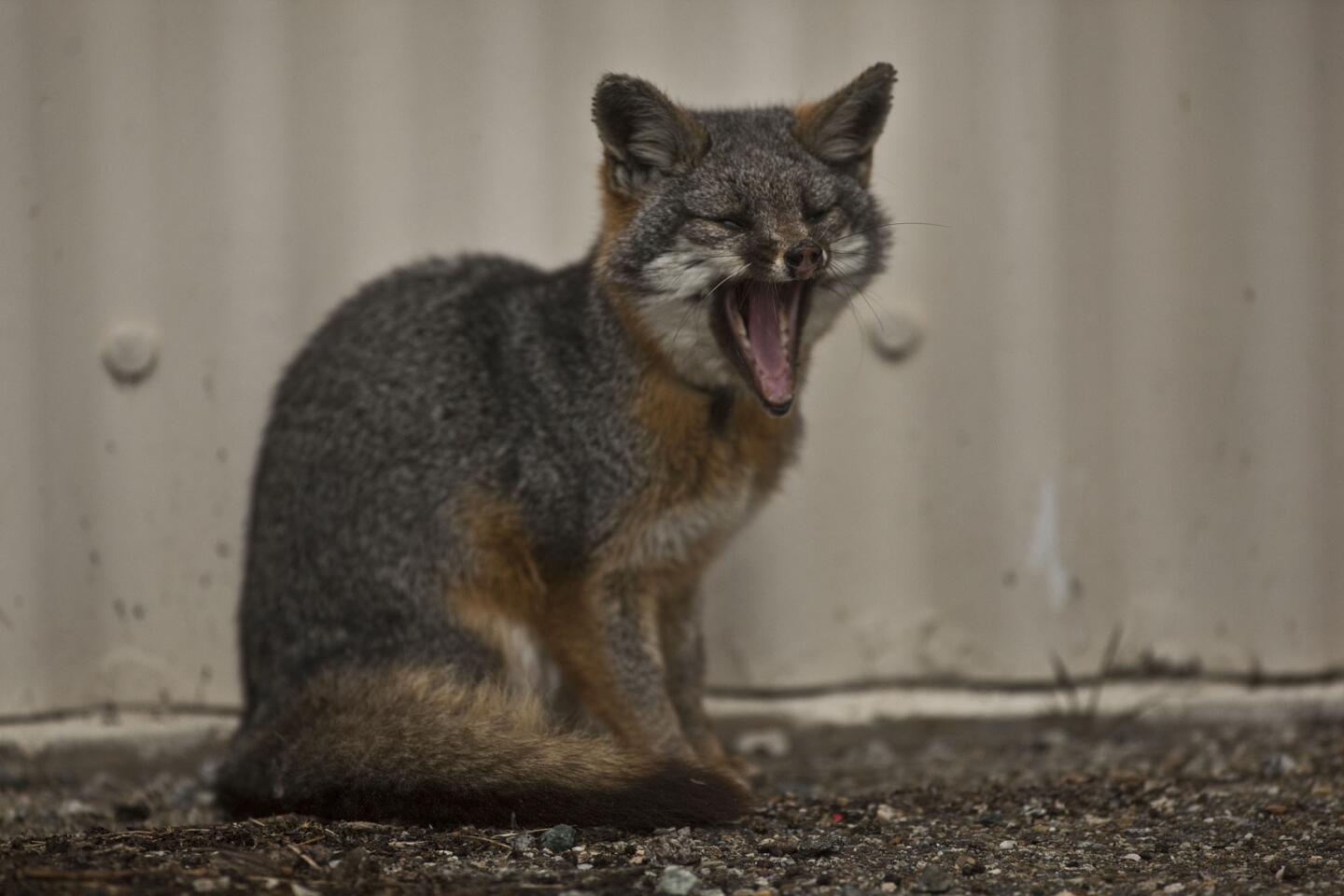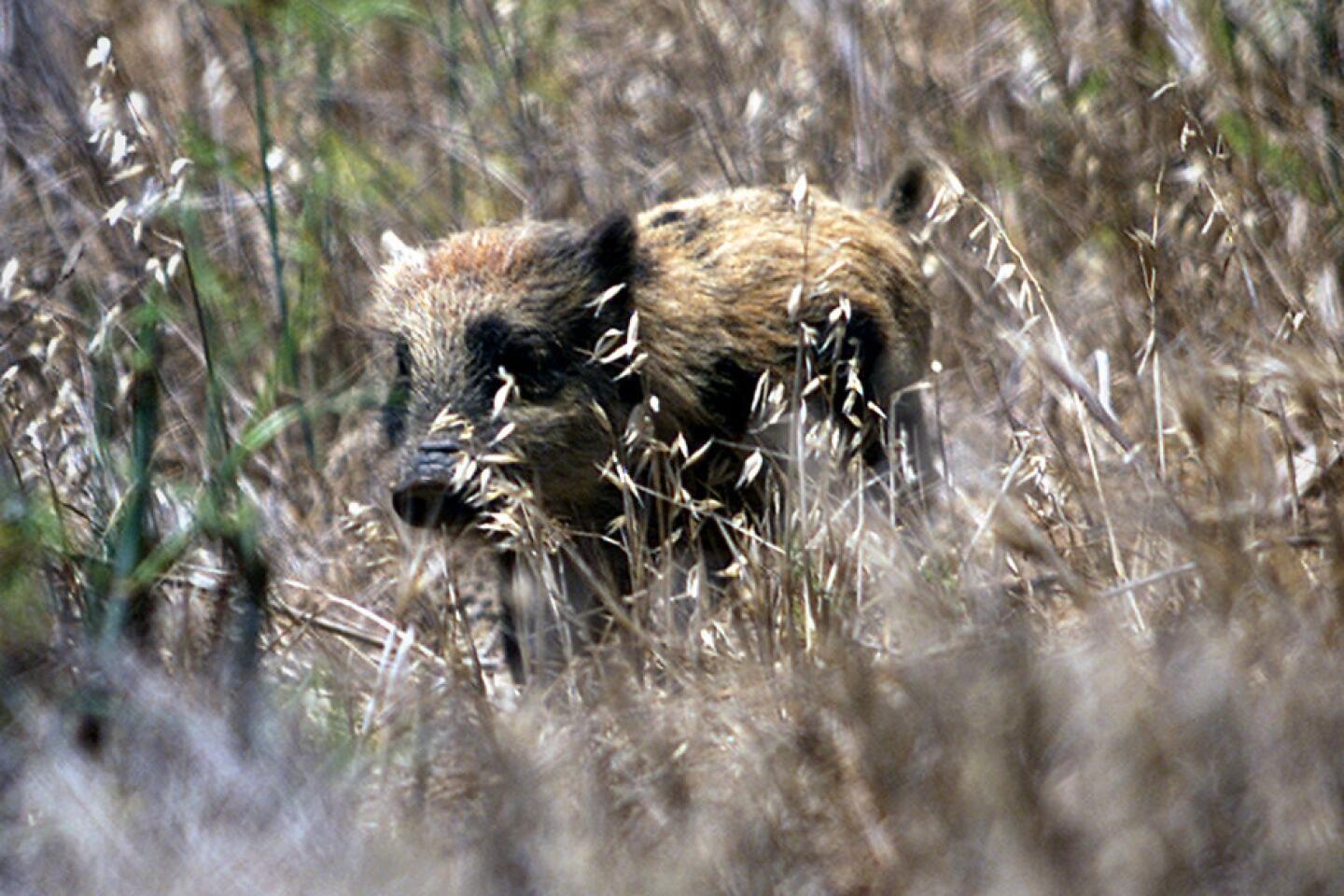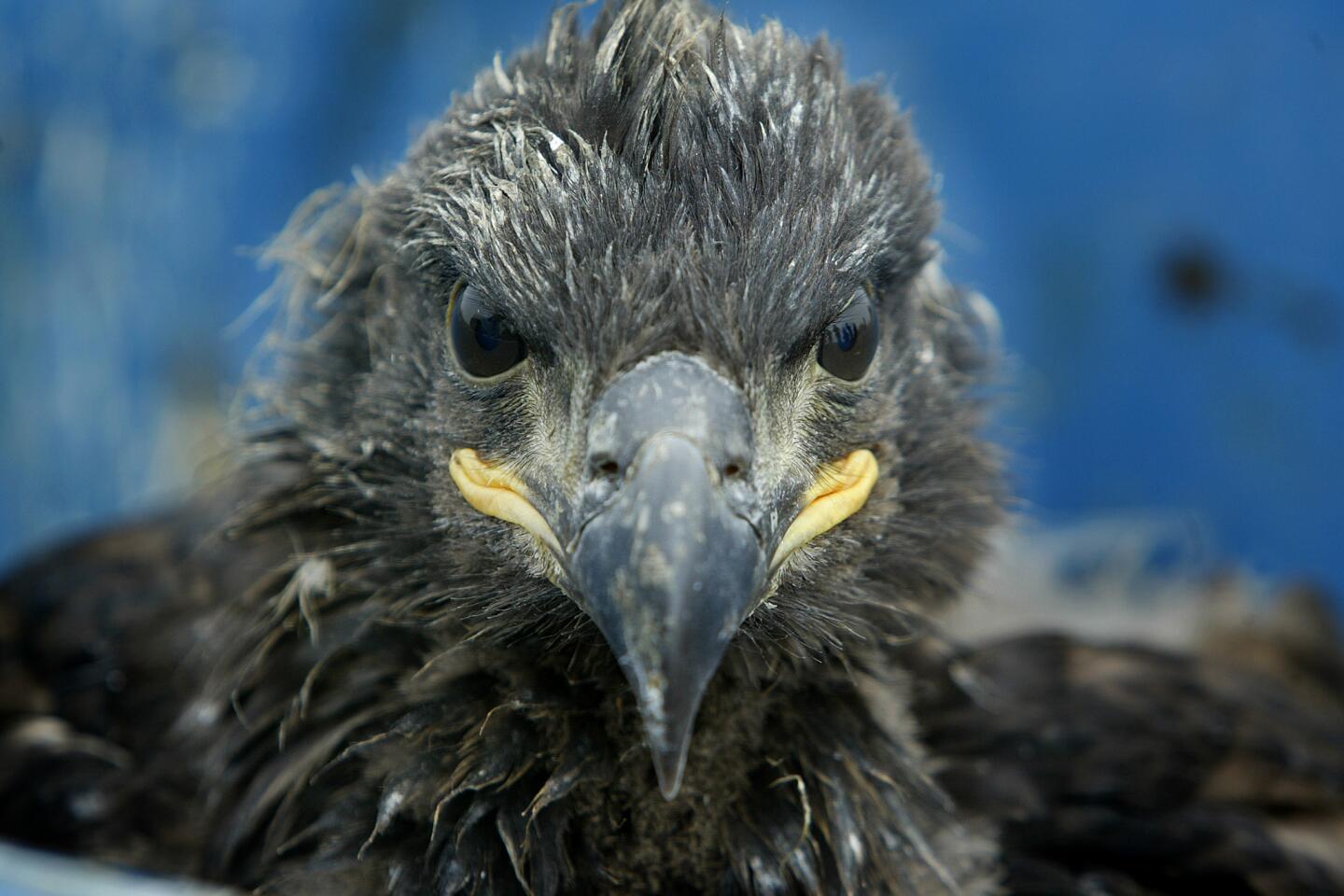To save native island animals from extinction, eradicate the uninvited guests, study finds
- Share via
In 1894, a pregnant house cat escaped from a lighthouse on Stephens Island, New Zealand. She had her kittens in the wild, where they went feral. Within 13 months, a native bird species known as the Stephen Islands wren was nearly extinct.
It’s a story often cited as an extreme – and by some accounts exaggerated – example of the damage that invasive mammals can do to delicate island ecosystems.
But the plot is hardly unusual. On islands where native species evolved with no natural predators, intruders like rodents, feral cats and goats can quickly outcompete or even eat the locals.
Islands are home to 15% of the world’s terrestrial species, but they represent 61% of recorded extinctions, experts say. Invasive species usually were a factor.
Now a new study is making the case for a tried-and-true method of staving off this island extinction “crisis”: Get rid of the invasive mammals.
“We spend billions of dollars a year on conservation … but you can help a lot of the world’s biodiversity by removing” these invasive animals, said study leader Holly Jones, a conservation biologist at Northern Illinois University. “In terms of gain per dollar spent … it’s a pretty darn good return on investment.”
Jones led a team of 29 scientists who reviewed hundreds of mammal eradication projects on 181 islands. In 251 such efforts over several decades, 236 native species got a boost when the uninvited guests were removed from the habitat. Only seven species suffered after the invasive species were removed, according to results published this week in the Proceedings of the National Academy of Sciences.
“This paper is a story of hope,” said co-author Nick Holmes, director of science for Island Conservation, a nonprofit organization that uses this approach to try to prevent extinctions. “Here’s an intervention that we can see an impact within a lifetime. It’s a reason to celebrate.”
The study looked back on eradication projects since the 1970s and ‘80s, when some of the first techniques were developed for removing invasive mammals. The study also included a 1925 effort to remove the feral descendants of the Stephens Island lighthouse keeper’s cat, which came too late for the wren but aided the recovery of the fairy prion bird and a nocturnal reptile called the tuatara.
------------
FOR THE RECORD
An earlier version of this post said visitors to Anacapa Island, Calif., must unpack their luggage in rodent-proof rooms. New Zealand uses rodent-proof rooms, and both use tracking tunnels and bait stations around landing zones.
------------
The analysis includes the eight countries with the most eradications – New Zealand, Australia, Ecuador, Seychelles, the United States, the United Kingdom, France and Mexico. Cases in these countries represent 82% of all invasive mammal eradications around the world.
Of the 236 species that benefited, 62 started out as “endangered” or “vulnerable” and 20 others were categorized as “near threatened” under the International Union for Conservation of Nature’s “Red List.” Four of those 62 improved enough to qualify for down-listing on the organization’s endangered list.
Among them was the island fox of California’s Channel Islands, which had been listed as critically endangered. Feral cats were competing with island foxes for food.
On San Nicolas Island, scientists, the U.S. Navy and Island Conservation painstakingly trapped and relocated the islands’ cats, and by 2012, the island was seemingly cat-free. In addition, the National Park Service and the Nature Conservancy removed feral pigs from Santa Cruz Island. The foxes bounced back, and officials are now considering removing the island fox from the federal endangered species list.
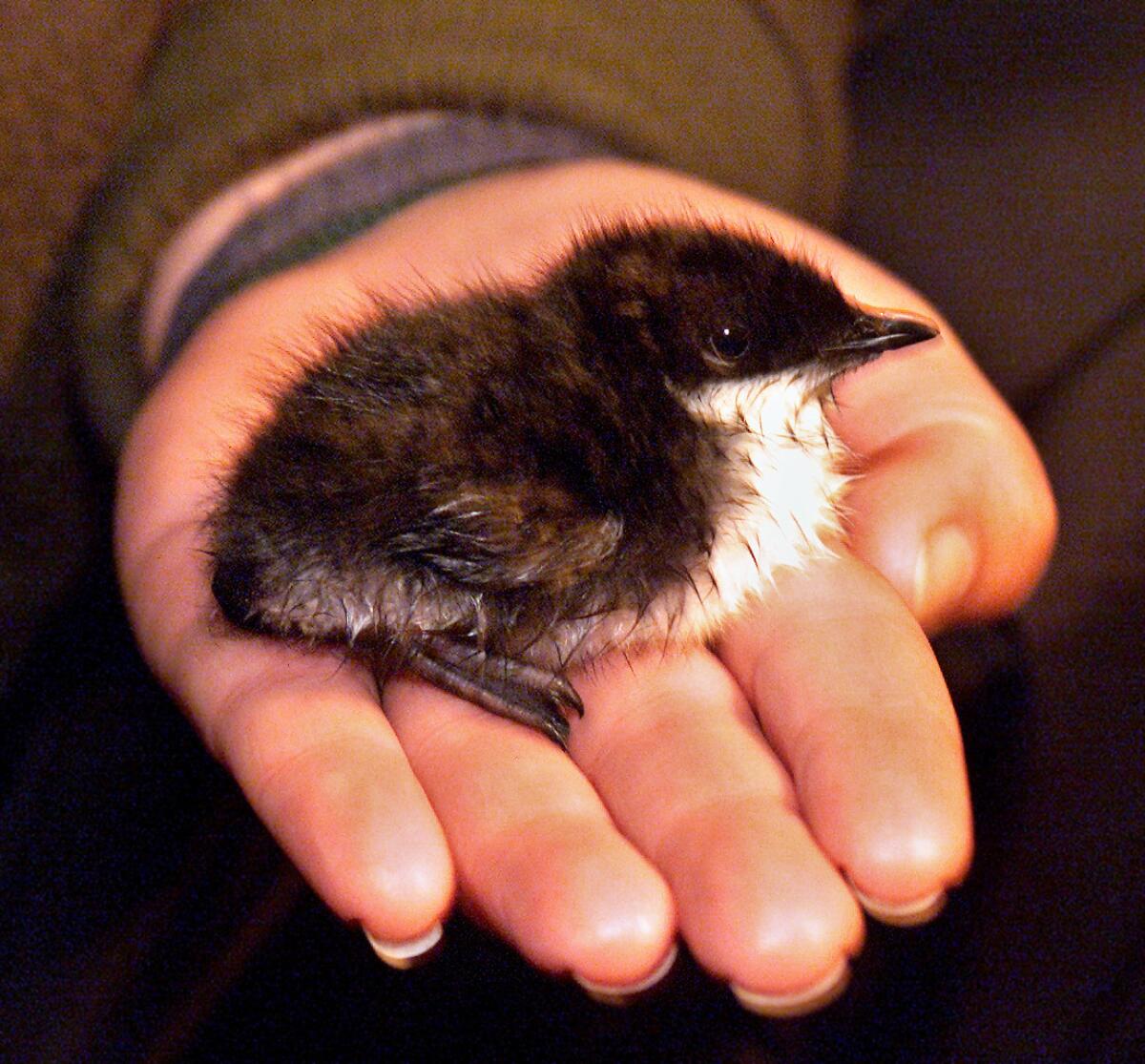
A Scripps’ murrelet chick, formerly called Xantu’s murrelet. The tiny seabird’s population, which nests in the cliff caverns of Anacapa Island, rebounded after invasive rats were removed from California’s Channel Islands.
On nearby Anacapa Island, the Scripps’ murrelet – a tiny, rare sea bird – was a candidate for listing on the federal Endangered Species Act. Black rats, which got there by stowing away on ships, were eating the birds’ eggs. Rat removal began in the early 2000s, and the murrelet’s numbers rebounded almost immediately.
Ten years later, another bird considered long gone reappeared on the island: the endangered ashy storm-petrel.
There were a few cases where efforts backfired, including times when native birds of prey experienced temporary population declines due to eating poisoned rats.
There were also examples where native birds had come to rely on the invasive rabbits and baby goats for their food. Once the intruders were gone, some of the bird populations became permanently smaller, Jones said.
While the study highlights the importance of removing harmful invasive species from islands, it’s just as important to make sure the interlopers don’t come back after multi-million-dollar eradication efforts, Jones and Holmes said.
On the Channel Islands and those around New Zealand, for example, officials take strict biosecurity measures to prevent invasive species – especially rats – from hitching rides onto the islands. In New Zealand, visitors must unpack all their belongings in rodent-proof rooms and on some islands, including Anacapa, pass by rodent tracking tunnels and rat traps when they land.
Holmes said the results should encourage similar projects on other affected islands.
“There’s thousands of islands that we know have threatened species and continue to have invasive mammals,” he said. “If we want to prevent these species from going extinct, we have to do these interventions in pretty quick clip.”
Follow me on Twitter @seangreene89 and “like” Los Angeles Times Science & Health on Facebook.
MORE SCIENCE NEWS
Myth busted: Vipers aren’t the fastest snake in the world. Others are just as fast
Marine Corps postpones plans to translocate 1,185 tortoises for training grounds
Study tallies the payback for humans and planet of eating more plants and less meat

